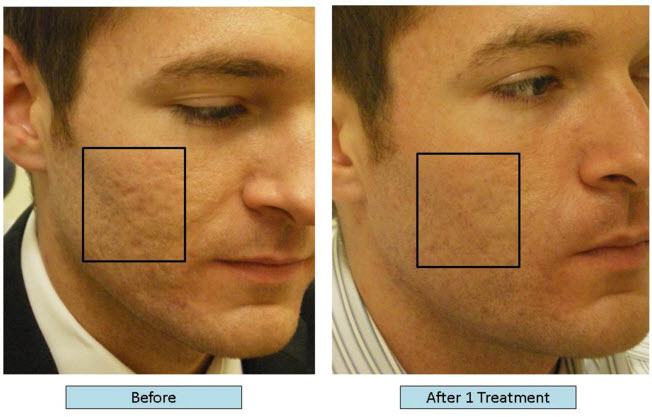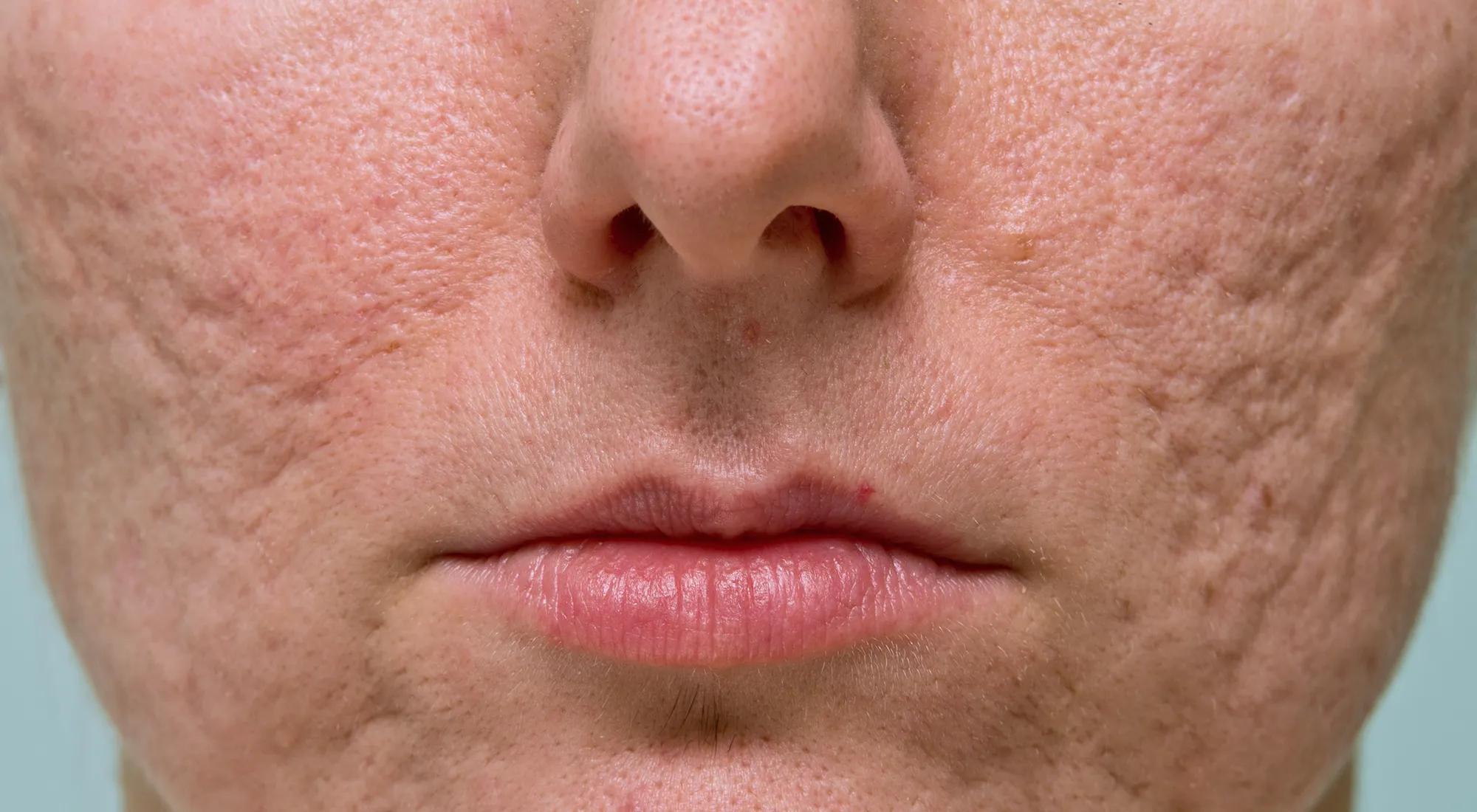Reliable Acne and Acne Scars Treatment: Clear Your Skin with Self-confidence
Reliable Acne and Acne Scars Treatment: Clear Your Skin with Self-confidence
Blog Article
Exploring Skin Disease: Dealing With and recognizing Acne Scars for Healthier Skin
Acne scars represent a substantial problem for individuals seeking to maintain healthy and balanced skin, as they can influence both appearance and self-worth. Understanding the different kinds of scars, from atrophic to hypertrophic, is crucial for identifying ideal treatment choices.
Recognizing Acne Marks
Understanding acne marks is critical for anybody who has actually experienced severe acne, as these marks can have a long lasting influence on both physical appearance and mental wellness. Acne marks create when the skin undergoes inflammatory reactions throughout energetic acne sores. The intensity of scarring is usually influenced by factors such as the sort of acne, its period, and specific skin characteristics.
The body's natural healing process can result in either atrophic scars, which look like anxieties in the skin, or hypertrophic marks, which are elevated and result from overproduction of collagen. Additionally, the psychological toll of acne scars ought to not be undervalued; several people report sensations of embarrassment, anxiety, and reduced self-worth. This psychological burden can impact social interactions and total quality of life.
Addressing acne scars needs a thorough understanding of their formation and impact. Understanding of the possibility for long-term consequences connected with unattended scars can motivate people to seek appropriate therapies. Early treatment and efficient administration strategies can significantly improve skin appearance and boost emotional durability, emphasizing the importance of understanding the complexities bordering acne marks.
Types of Acne Marks
Acne marks can be categorized into distinct types, each exhibiting unique attributes and needing specific therapy methods. The primary sorts of acne scars consist of atrophic, hypertrophic, and keloid scars.

Hypertrophic marks, on the other hand, are increased over the skin degree and are the outcome of excessive collagen production throughout the recovery procedure. They usually continue to be within the borders of the original acne lesion. Keloid scars are similar yet expand past the original injury site, developing bigger, elevated locations that can be scratchy or unpleasant.
Understanding these types of scars is important for choosing ideal therapy alternatives. Various scars may respond better to specific therapies, such as laser therapies, fillers, or medical treatments, highlighting the significance of a tailored approach to acne scar monitoring.
Recognizing Your Marks
Acne marks normally fall right into two categories: hypertrophic and atrophic marks. These can even more be classified right into ice-pick marks, boxcar scars, and rolling marks, each showing unique qualities and calling for various methods for assessment - acne scars.
Hypertrophic marks, on the other hand, are raised and take place as a result of excessive collagen production throughout the healing process. Identifying the specific attributes of your marks-- such as size, structure, and deepness-- is vital for proper recognition. Furthermore, consider the distribution of marks across your skin, as this can indicate the extent and period of the acne condition.
Involving with a skin specialist can provide important understandings into the nature of your marks, aiding in the distinction in between numerous kinds. A detailed understanding of your marks will ultimately result in an extra tailored and reliable therapy plan, ensuring a more clear and much healthier complexion.
Treatment Choices Offered
Recognizing the details type of acne scars sites present on your skin prepares for checking out reliable therapy alternatives. Usual kinds of acne marks consist of atrophic (depressed), hypertrophic (raised), and post-inflammatory erythema.
For atrophic scars, options such as chemical peels, microneedling, and laser resurfacing are commonly utilized. Chemical peels use acids to eliminate the outer layer of skin, promoting new cell development. Microneedling includes small needles that produce micro-injuries, promoting collagen production. Laser resurfacing targets damaged skin cells, improving texture and tone.
Hypertrophic scars can be treated with corticosteroid shots to squash the mark or laser treatment to decrease inflammation and improve appearance. acne scars. Silicone gel sheets and pressure dressings might likewise help in managing elevated marks
In addition, dermal fillers can momentarily fill out clinical depressions from atrophic scars, while surgical excision might be proper for serious cases. Each treatment alternative has its factors to consider and advantages, making it necessary to talk to a dermatologist. They can provide tailored referrals based on the type and extent of your scars, as well as your skin kind and general health.
Tips for Avoidance
Effective prevention approaches can substantially reduce the possibility of creating acne scars. Using non-comedogenic items aids avoid stopped up pores, which can exacerbate acne.
Avoiding need to select or pop acne lesions is vital, as this can lead to deeper skin damages and raise the risk of scarring. Instead, consider utilizing a cool compress or over-the-counter treatments to lower swelling and inflammation.
Sunlight security is another vital facet of avoidance; ultraviolet (UV) rays can darken marks and hinder the recovery procedure. Applying a broad-spectrum sunscreen with a minimum of SPF 30 daily can secure the skin and promote also recovery.
Finally, maintaining a balanced diet regimen abundant in antioxidants, minerals, and vitamins supports skin health and recovery. Remaining hydrated and managing tension degrees can additionally play a considerable function in decreasing acne flare-ups. By implementing these strategies, people can dramatically decrease their opportunities of establishing acne marks.

Final Thought
Finally, understanding and recognizing acne marks is important for see reliable therapy and achieving healthier skin. Numerous sorts of acne scars, consisting of atrophic and hypertrophic scars, necessitate particular interventions tailored to individual requirements. Therapy alternatives range from chemical peels and microneedling to corticosteroid injections, emphasizing the importance of speaking with a skin doctor. In addition, taking on a mild skin care routine and safeguarding the skin from UV exposure can considerably add to the avoidance of additional scarring and general skin health.
The body's all-natural healing process can result get more in either atrophic marks, which appear as depressions in the skin, or hypertrophic marks, which are raised and result from overflow of collagen. They are additional divided right into three subtypes: ice choice scars, boxcar scars, and rolling marks. Acne scars usually fall right into 2 categories: hypertrophic and atrophic marks. These can further be identified into ice-pick marks, boxcar scars, and rolling marks, each exhibiting distinctive attributes and requiring various methods for analysis.
Different kinds of acne scars, consisting of atrophic and hypertrophic marks, necessitate certain interventions customized to individual demands.
Report this page